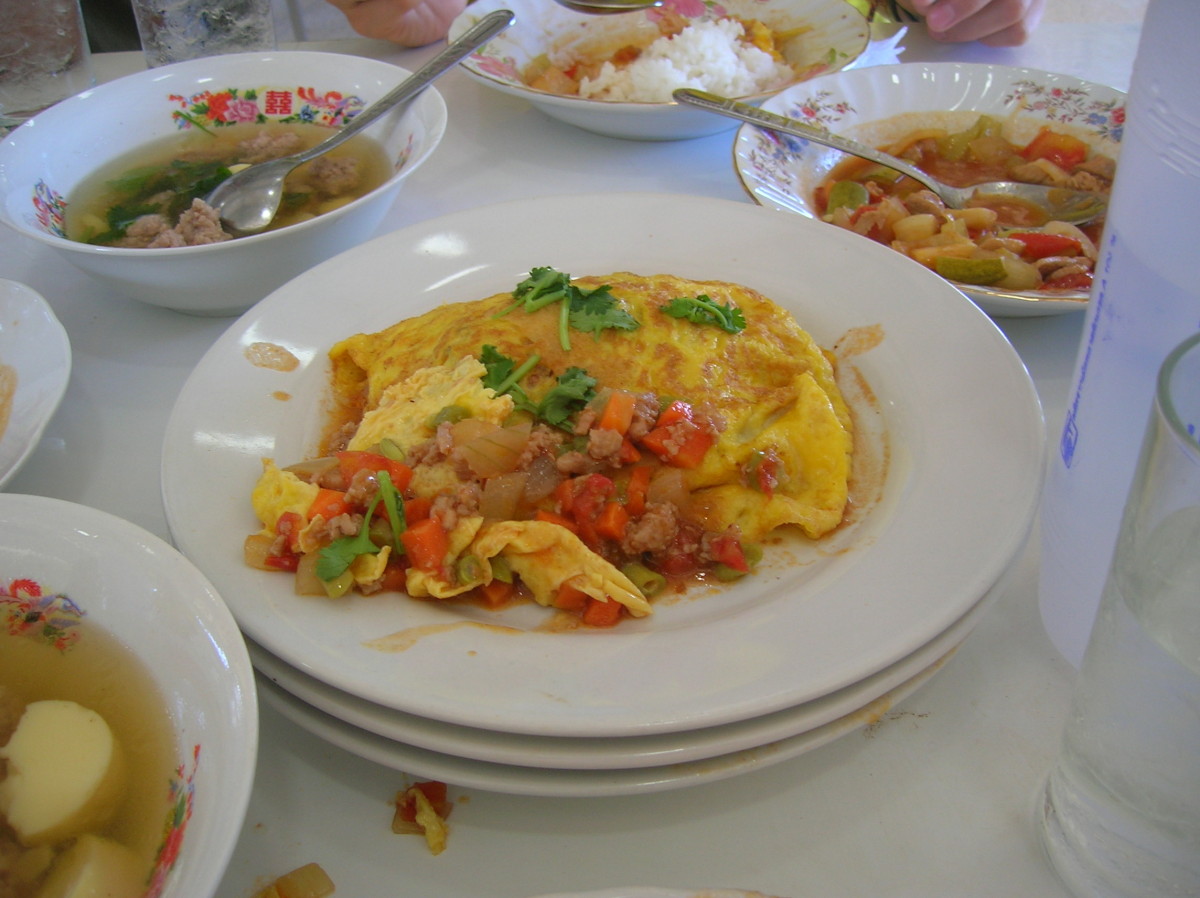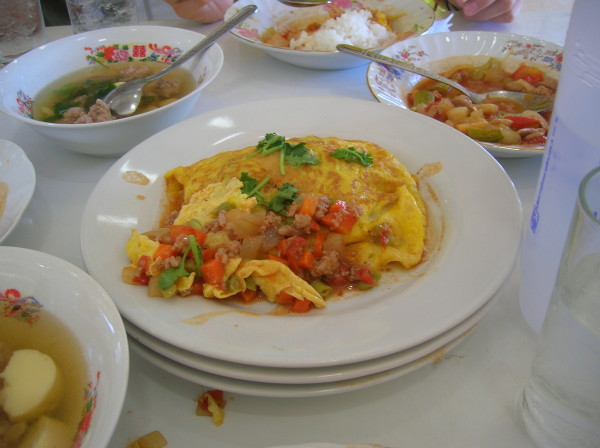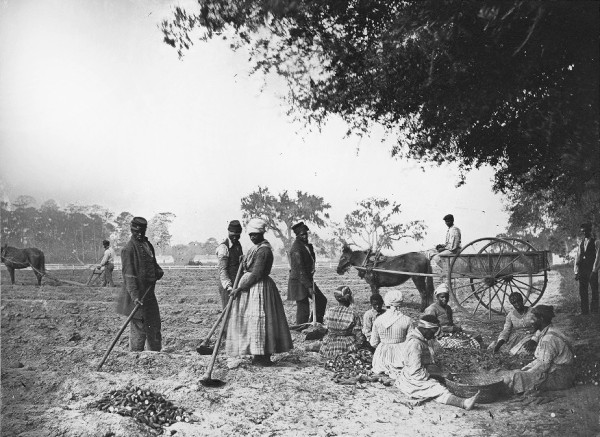When slaves were kidnapped and forced into servitude in the United States before 1808, in an extreme case of involuntary assimilation, they were forced to give up their culture. Speaking in African languages was forbidden, everyone was converted into Christianity, and English was taught (at least, enough English to take orders). Hundreds of years later and countless inter-generational mixing, most African-Americans today have no idea of their families original heritage. It had been lost to a sad history we Americans know too little about.
Yet, even this example shows how culture, in its most basic forms, is more powerful, and more pervasive, than we believe possible. Despite this terrible history, despite the centuries, there is one piece of African culture that has proved resilient.
Food.
Black American cuisine has distinct ties to the countries where most slaves originated. Pot-cooking – think of gumbo – oil-frying, southern methods of preserving meats, all originate from pre-colonial West Africa kingdom. Moreover, some popular American crops, such as Okra, Watermelon, and peanuts, are also African, likely smuggled aboard slave ships and propagated in slave and sharecropper gardens over generations. Some ingredients have changed – cayenne peppers instead of grains of paradise, butter instead of palm oil, potatoes and corn instead of cassava – but the spirit, and flavor, is connected to pre-slavery traditions from another land.
Why does this matter?
Because food identifies us. We are, literally, what we eat. As Asian Americans who perhaps no longer can speak or read our mother tongues (in Indian culture, your mother tongue is your family language, not the language you speak best), nothing ties us more closely to our heritage country than our cuisine. It is the first question I get asked when people learn of my heritage, and it is what I miss the most about home when abroad. When back in Kansas City, the first several days, I take all my meals at home. Only after I’m fully satisfied do I make a trek into the city for some famous BBQ.
When people ask what is my favorite cuisine, I exclude South Indian as an option because it seems unfair. It is the food I grew up eating, that which is intimately connected to my heart, to my very self. How can Italian, delicious but of which I never had a Grandma, even compare?
Furthermore, what you find in most Chinese, Korean, India, or Thai restaurants is far different than what we would eat in our home kitchens. As a traveler, I always say, you don’t know a country’s cuisine until you’ve been in invited to eat a meal with a local family.
Sometimes, you can’t know a countries cuisine until you’ve learned about that countries culture. Living in Indonesia during Ramadan and seeing how some particular foods were specially made only for breaking fast. Watching my Nepali host family cook meals in a wood-fired clay oven, their hands slowly preparing the food, adding flavor, then learning to eat with my hands too, adding a new sense to eating. Food is more than the sum of what we eat. It is the history, the preparation, and the love that goes into each specific dish.
This is as true in America as anywhere else. Black cuisine today is tied to the strange paradoxes that slavery and discrimination created. Food was segregated too. White food was “privileged, clean,” and unfit for the mouths of slaves, while the converse was true for filthy, unhygienic slave food. This allowed the traditions to pass, mixing and merging, over generations, turning into the distinctly flavorful, rich, and in my opinion, delicious soul food that has become popular around the country, though, like Asian cuisine, what you get in restaurants doesn’t compare to what you eat in a black family’s home.
Today, vestiges of this divide remain; the soul food restaurants of Harlem, where I recently lived, black and non-black patrons order dramatically different foods. It’s not too unlike the fantastic Szechaun restaurant I went to for one of my Chinese friend’s birthdays, one of the best meals of my life, but which, when I checked it later on Yelp, had a paltry 2 1/2 stars from a mostly non-Asian clientele who obviously had no idea what to order.
Modernity, of course, is changing things. My parents grew up eating South Indian food three times a day, seven days a week, but today, I rotate between the wide variety of cuisines available in New York City or Oakland. I’ve learned, through travel and my international friends, how to cook a wide dishes ranging from Thai, Korean, Italian, Spanish, to Mexican, bringing the flavors of the world into my kitchen. This would have been unthinkable just a decade ago.
With more of us working, it’s less likely we have time to spend in our parents kitchens, learning the time-honored traditions of our ancestors. Some of is purposeful – a Korean friend’s mother refused to teach her how to cook because she doesn’t want her to be a homemaker like she was, preferring that my friend focus on studying and work. How can we maintain our culinary culture in a world of so many choices and so little time? Will the recipes of our home countries fade as we assimilate into America?
I don’t think so. I’m learning, slowly but surely, during my regular trips home, my mother’s time-honored Andhra dishes, then practicing on my own with friends. Perhaps my children will one day continue that tradition, modified the dishes slightly by their experiences growing up, together with the changes in society around them. Likely long after they’ve forgotten our language, when the names of my parents, the first to come to America, are gone, perhaps those dishes will remain, a connection across generations around humanity never-ending quest to feed itself delicious, homely, cultural food.
After all, if African cuisine survived slavery, our food can survive anything.







